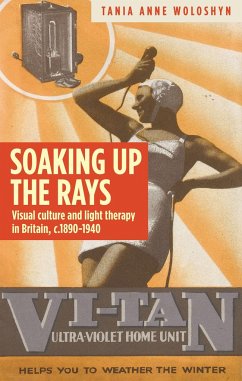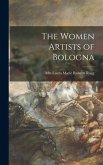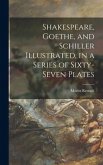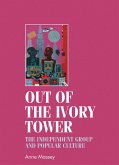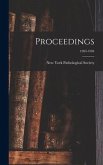There is an Open Access edition of this book with a CC-BY-NC-ND license. Soaking up the rays forges a new path for exploring Britain's fickle love of the light by investigating the beginnings of light therapy in the country from c. 1890-1940. Despite rapidly becoming a leading treatment for tuberculosis, rickets and other infections and skin diseases, light therapy was a contentious medical practice. Bodily exposure to light, whether for therapeutic or aesthetic ends, persists as a contested subject to this day: recommended to counter skin conditions as well as Seasonal Affective Disorder and depression; closely linked to notions of beauty, happiness and well-being, fuelling tourism abroad and the tanning industry at home; and yet with repeated health warnings that it is a dangerous carcinogen. By analysing archival photographs, illustrated medical texts, advertisements, lamps, and goggles and their visual representation of how light acted upon the body, Woloshyn assesses their complicated contribution to the founding of light therapy.
Bitte wählen Sie Ihr Anliegen aus.
Rechnungen
Retourenschein anfordern
Bestellstatus
Storno

